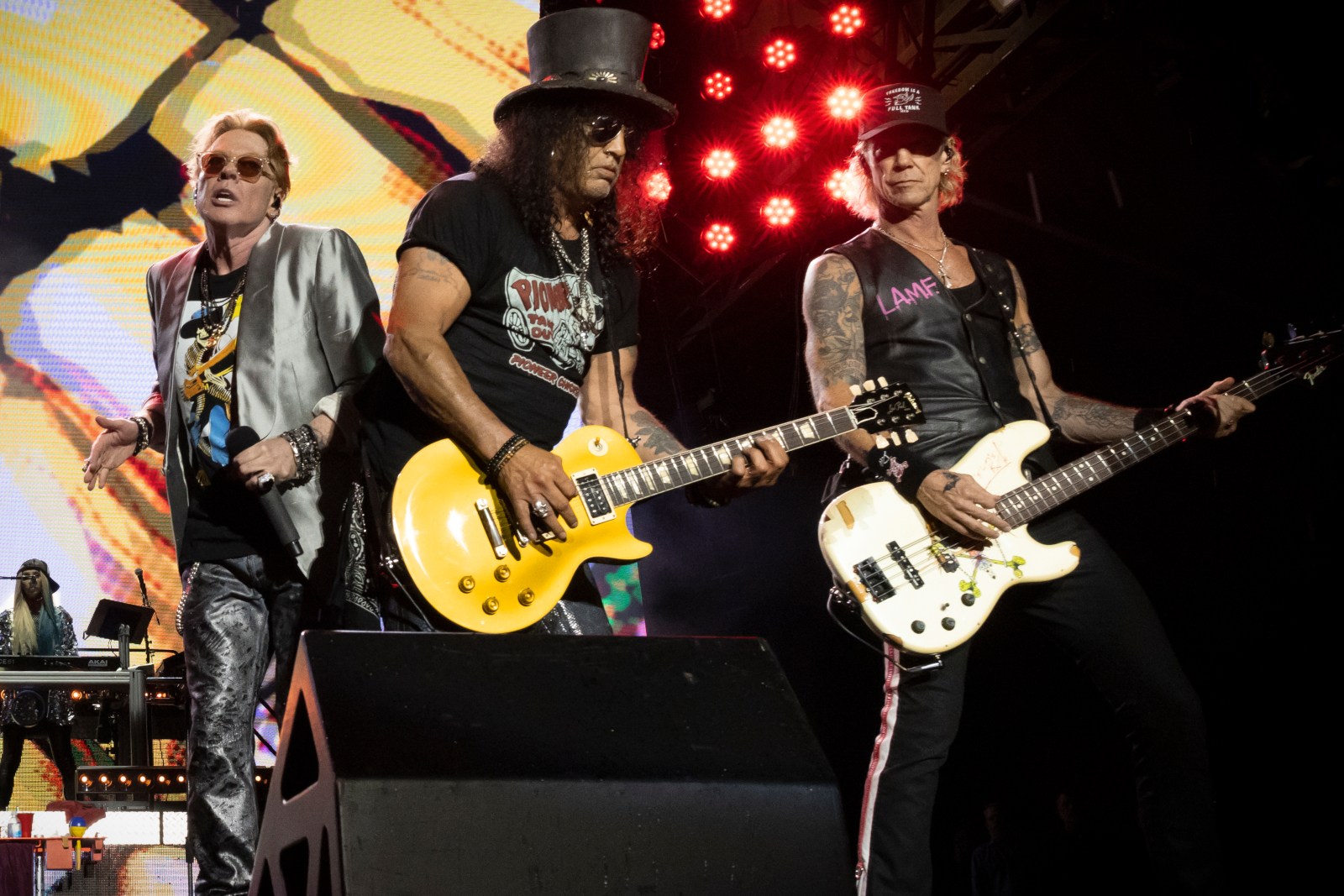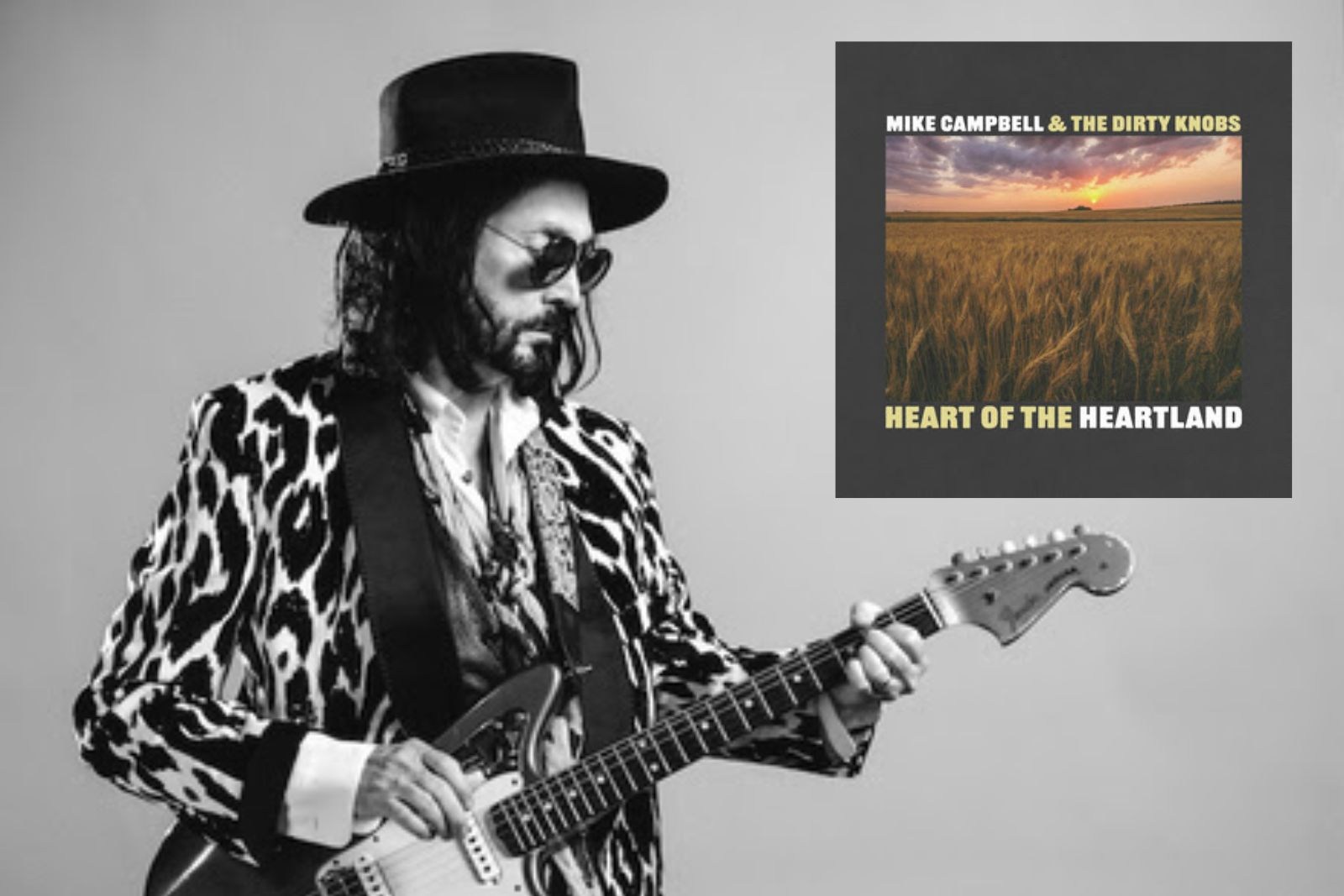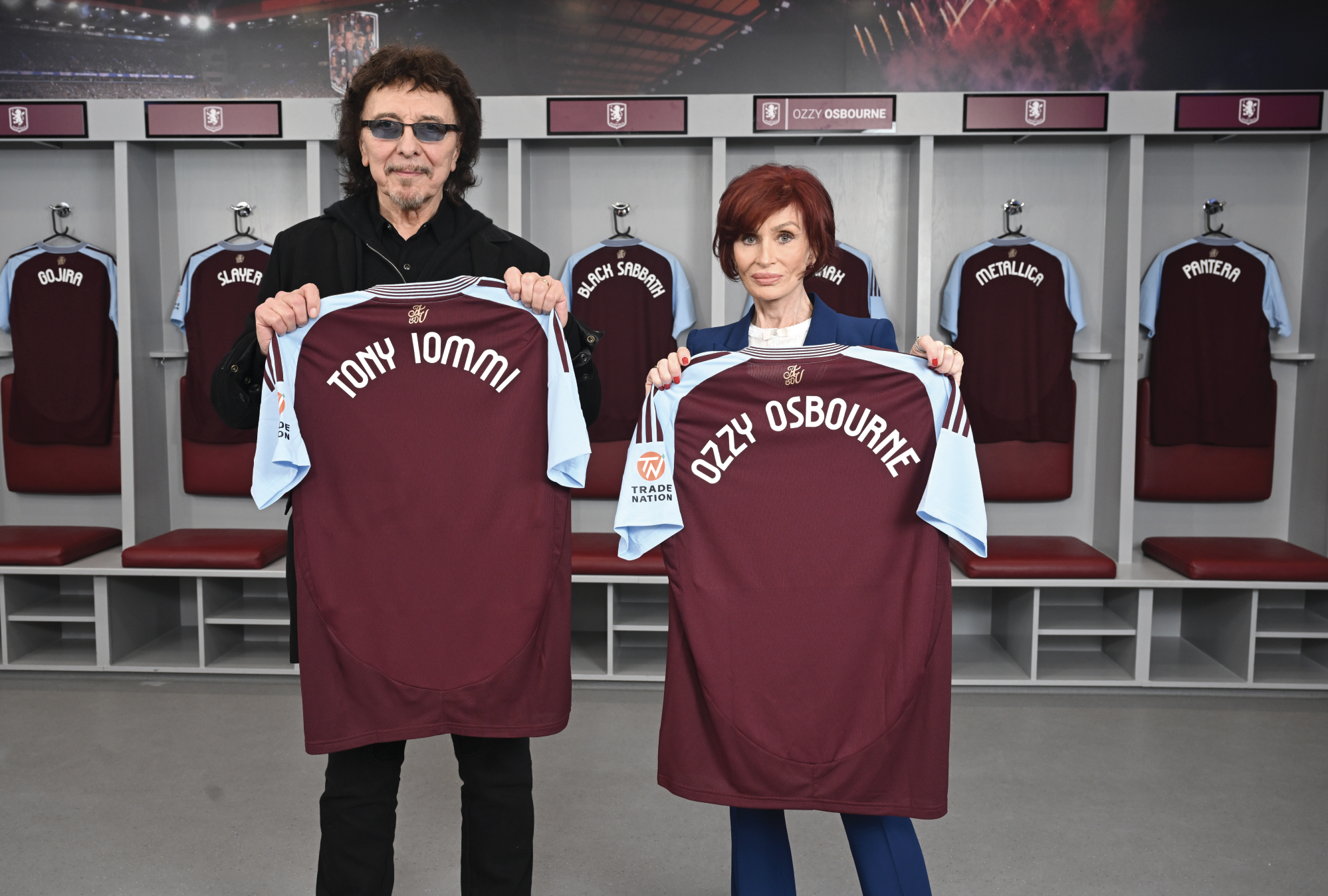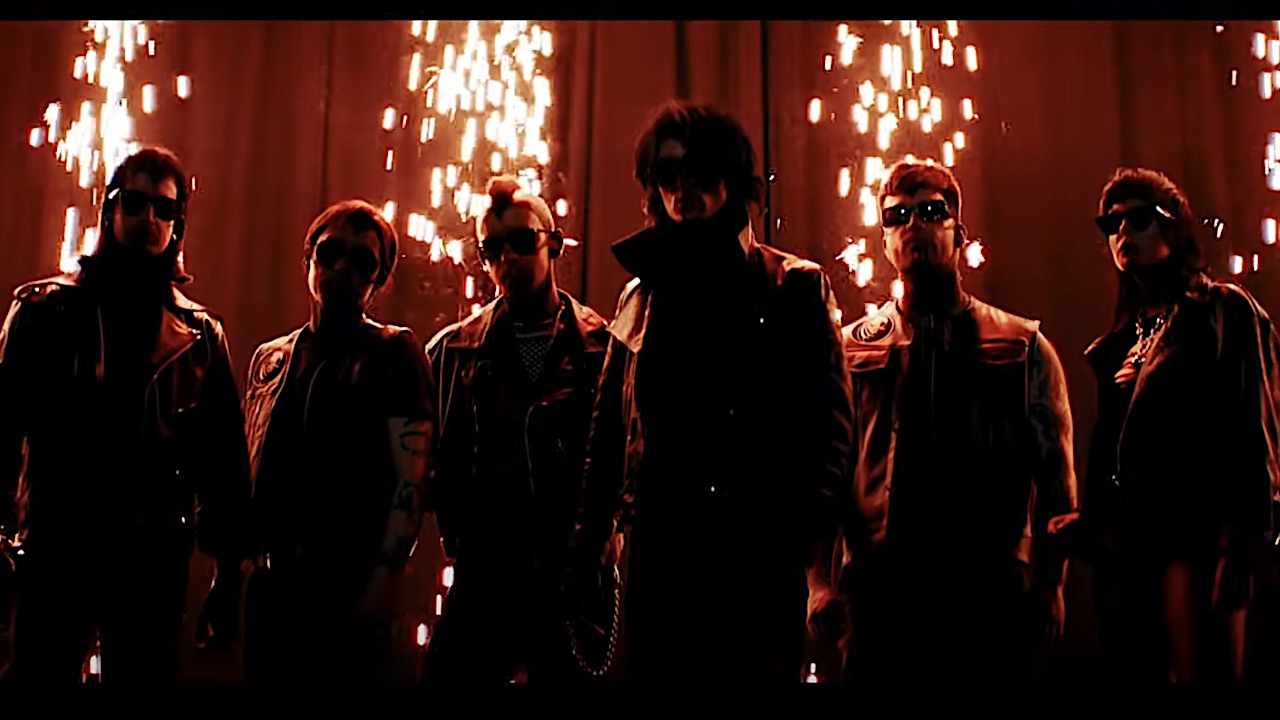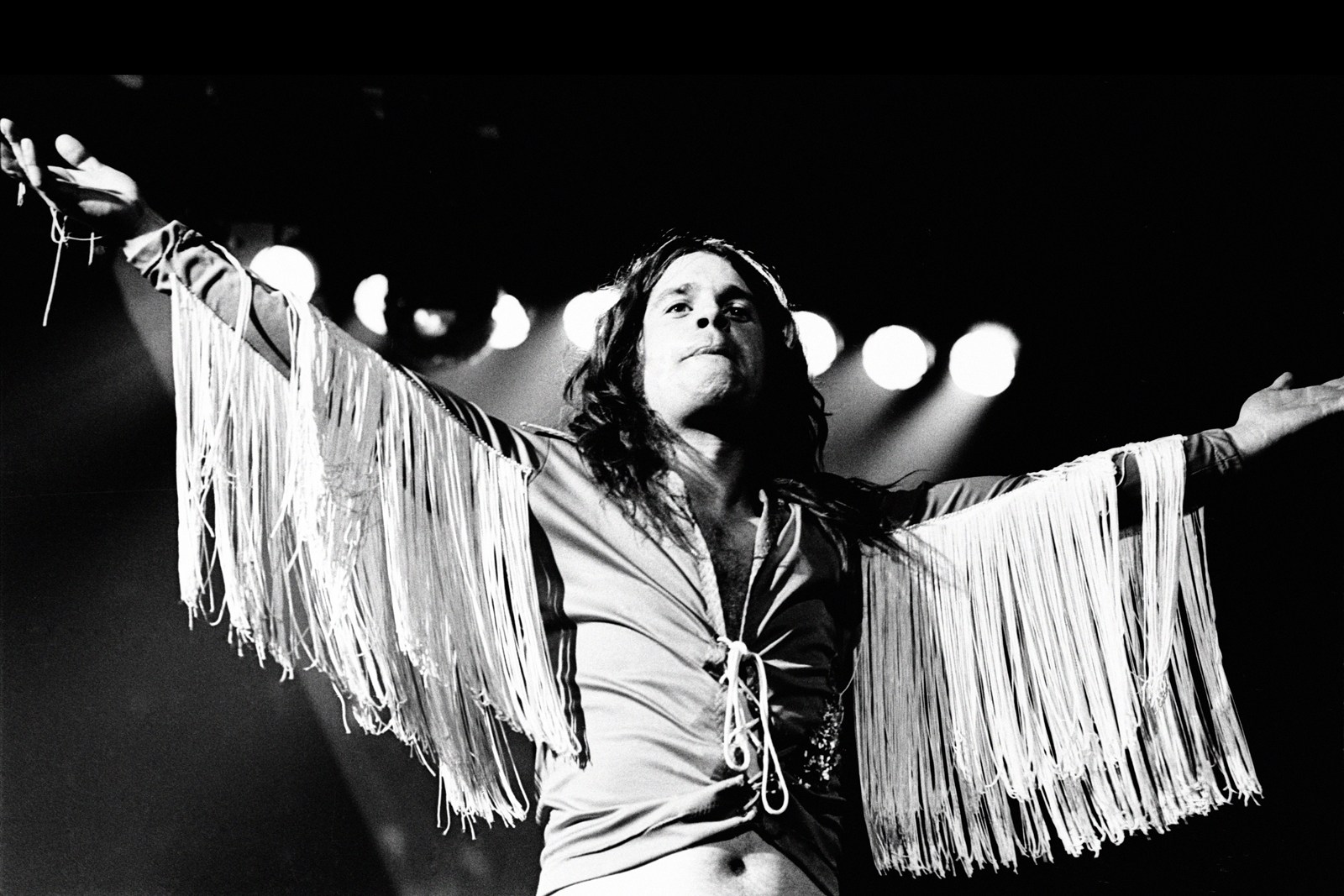
We’re finally in the summer months – even if the clouds looming above the Hammer offices right now are really, really trying to convince us otherwise. Still, all the rain in England couldn’t dampen our moods right now, as we’re enjoying a week of fantastic new tracks from superstars including Sabaton, Killswitch Engage, Paradise Lost and Dragonforce!
Before we get into all that, though, we need to give you the results of last week’s Tracks Of The Week poll. We got some sick stuff from Avatar, Halestorm, Hanabie and Urne, but ultimately it was German goth-glam bunch Lord Of The Lost who pulled ahead with I Will Die In It. Glückwunsch!
Now, we begin anew. Listen to all the awesome new songs we’ve compiled below and vote for your favourite. We’ll give you the winner next Friday…

Sabaton – Hordes Of Khan
It’s a day ending in a Y – Sabaton must have made a song about warfare. Hordes Of Khan continues the fascination with ancient conflicts that the Swedish power metal battalion started with previous single Templars, taking the perspective of the followers of Genghis Khan. It’s an unsurprisingly bold, galloping track, and it comes with an impressive Night Of The Museum-aping music video. Check it out!
SABATON – Hordes of Khan (Official Music Video) – YouTube 
Killswitch Engage – Blood Upon The Ashes
Oh Killswitch, you’re spoiling us! The US metalcore standard-bearers released latest album This Consequence in February and we’re already getting new stuff. Blood Upon The Ashes was a cast-off from the band’s recent recording sessions, but this week it found its place on a compilation album called The Dogs Of Hope, raising funds for a no-kill animal shelter. It’s kick-ass music and it’s wholesome? We’re sold.
Creeper – Headstones
At a recent London show, horror punks Creeper finished their Sanguivore cycle by playing the album in full, and at the end they gave a major announcement: there’d be a sequel in the form of Sanguivore II: Mistress Of Death. Headstones is the first taste of the vampiric follow-up, loading the band’s dark theatricality with big, trad-metal riffs. No word on an album release date yet, though.
Creeper – Headstones (Official Video) – YouTube 
Dragonforce – Burning Heart (feat. Alissa White-Gluz)
Burning Heart was originally a song on Dragonforce’s latest album, Warp Speed Warriors, but now they’ve given the track an overhaul with the help of Alissa White-Gluz. The Arch Enemy screamer indulges her melodic side, trading majestic cries with frontman Marc Hudson, before growling the house down. The song will more than likely come out when the UK band hit the festival circuit this weekend.
DRAGONFORCE ft. Alissa White-Gluz – Burning Heart (Official Video) – YouTube 
Paradise Lost – Silence Like The Grave
Five years after their last album of original material, Paradise Lost have returned in gloriously drab form. Silence Like The Grave is an odyssey of gloom, rising from moody guitar lines to hulking passages endowed with the screams of mainman Nick Holmes. It’s a compelling preview of new album Ascension, which comes out on September 19 and will be followed by an extensive European tour.
PARADISE LOST – Silence Like The Grave (OFFICIAL MUSIC VIDEO) – YouTube 
Battle Beast – Steelbound
Battle Beast have returned in a blaze of Eurovision-worthy anthemia. The Helsinki power metal bunch’s first new song since January 2022 charges forth with bold keyboards and stomping drums, clearly ready for massive stages. It’s a promising preview of their upcoming album, also called Steelbound, which will barge its way into your eardrums in October. Also, the band are touring Europe from October to December.
BATTLE BEAST – Steelbound (OFFICIAL MUSIC VIDEO) – YouTube 
Sodom – Taphephobia
Sodom make music as dulcet as you’d expect from a band whose leader is called Tom Angelripper. Taphephobia continues the build-up to the German thrashers’ seventeenth album, The Arsonist, and does so in a stampede of snarls and riffs. Expect more lightspeed shenanigans when the new album drops in its entirety on June 27. They have a couple festival dates in the planner for afterwards, too.
Sodom – Taphephobia (Official Lyric Video) – YouTube 
Paleface Swiss – I Am A Cursed One
Nu metal/deathcore mavericks Paleface Swiss released their latest album, Cursed, to much fanfare in January – so much so that they put out an expanded edition this week. I Am A Cursed One is one of the previously unreleased songs getting aired on the deluxe reissue, and its lyrics pay tribute to the fans, the ‘cursed ones’. Musically, it’s the best of Slipknot and Suicide Silence.
Paleface Swiss – I Am A Cursed One (Official Music Video) – YouTube 
Signs Of The Swarm – Clouded Retinas (feat. Will Ramos)
US deathcore squealers Signs Of The Swarm are getting vulnerable on their new single. Don’t worry, they still rampage, but the lyrics find vocalist David Simonic recounting his experiences with the eye condition Stargardt disease. “Clouded eyes, retinas die, nothing seen is true,” he growls, backed up by Will Ramos from Lorna Shore. New album To Rid Myself Of Truth comes out on August 22.
SIGNS OF THE SWARM – Clouded Retinas (feat. Will Ramos) (OFFICIAL VIDEO) – YouTube 
Shields – Abuser
Shields are back with their first original music since the death of guitarist George Christie in 2018. Abuser is a furious return, tackling the topics of manipulation and control in a forthright, 90-second smackdown. No word on another album yet, but the four-piece are teasing more to come, saying in a press release, “Audiences can expect a torrent of unrelentingly bold strides into new sonic territories.”
Shields – Abuser (Official Music Video) – YouTube 
Mawiza – Mamüll Reke
Mawiza hail from Chile’s Mapuche Nation, and Mamüll Reke is “just like the tree” in the culture’s language. The second single from the band’s impending album sees them champion nature as their country’s woodland is ravaged: a pre-script in the music video claims 70 percent of Chilean forest plantations are controlled by two companies. More righteous groove metal will follow when album ÜL drops on July 18.
Mawiza – Mamüll Reke (Official Video) – YouTube 
Mrs Frighthouse – My Body Is A Crime Scene
Wife-and-wife industrial/noise duo Mrs Frighthouse take abusers to task on new song My Body Is A Crime Scene. As visceral as you’d expect it to be from that description, it sandwiches multiple, brutal textures on top of each other then adds some agonised wails on top. The single precedes the arrival of the Glaswegians’ debut album DIY Exorcism, expected later this year via Lay Bare Recordings.
My Body is a Crime Scene – YouTube 


